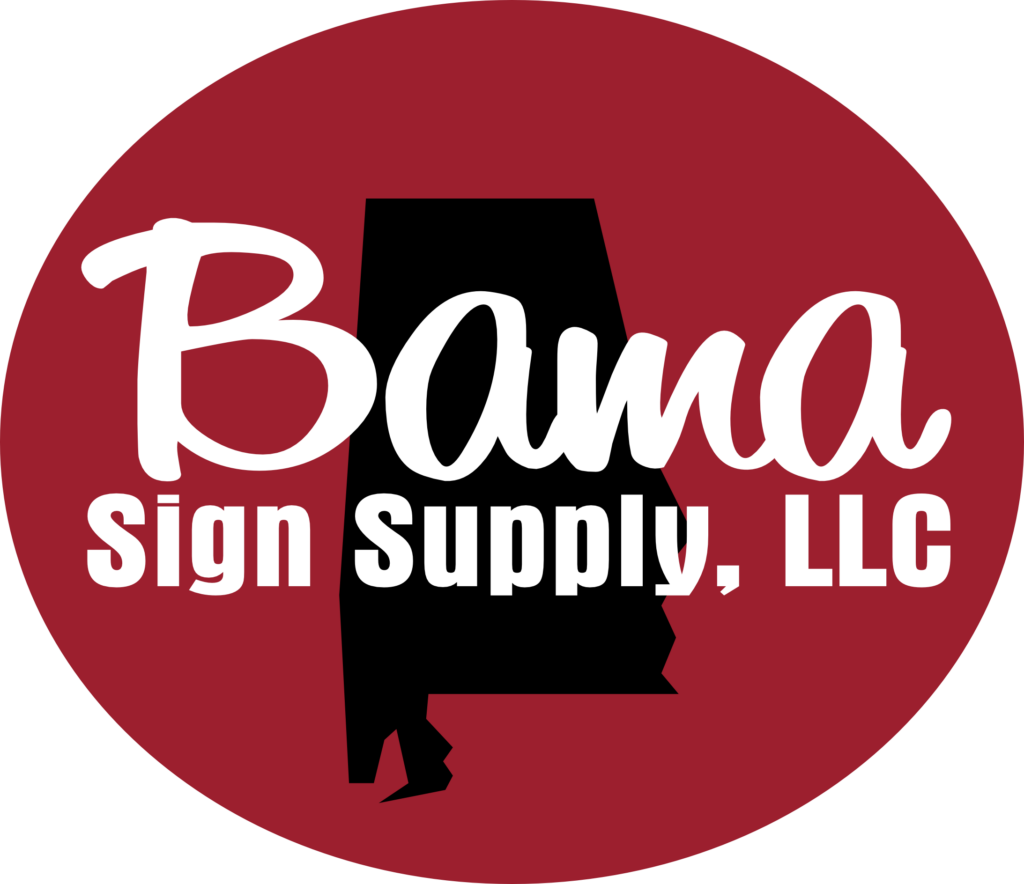Choosing the Right Substrates for Your Sign-Making Projects
When it comes to creating impactful and long-lasting signs, choosing the right substrates is crucial. The substrate, or the material on which the sign is printed or mounted, plays a significant role in determining the overall quality, durability, and visual appeal of the finished product. With a wide array of substrates available on the market, it can be challenging to select the most suitable option for your specific sign-making project. In this blog post, we will explore the importance of choosing the right substrates and provide some helpful tips for making informed decisions.
Consider the Purpose and Environment
One of the first considerations when choosing substrates for sign-making is the intended purpose of the sign and the environment in which it will be displayed. For outdoor signage, it is essential to select substrates that can withstand harsh weather conditions, UV exposure, and moisture. Materials such as aluminum, PVC, acrylic, and corrugated plastic are popular choices for outdoor signs due to their durability and weather resistance. On the other hand, indoor signs may benefit from substrates that offer vibrant color reproduction and a sleek finish, such as foam board, Gatorboard, or Sintra.
Evaluate Durability and Longevity
Durability is a key factor to consider when selecting substrates for sign-making projects, especially for signs that will be exposed to high traffic or frequent handling. Substrates with high-impact resistance, scratch resistance, and UV protection can help ensure that the signs maintain their visual appeal and structural integrity over time. Additionally, considering the expected lifespan of the sign can guide the selection of substrates with the appropriate longevity, whether it’s a temporary promotional sign or a permanent business display.
Opt for Print Compatibility
Another important aspect to consider is the compatibility of the substrate with the printing method that will be used. Different substrates may be more suitable for digital printing, screen printing, or traditional vinyl lettering, and choosing the right material can directly impact the quality and clarity of the printed graphics. Some substrates have specific coatings or surface treatments designed to enhance print adhesion and color vibrancy, making them ideal for high-quality graphic reproduction.
Balance Cost and Quality
While it’s essential to prioritize quality and performance, it’s also important to consider the cost-effectiveness of the chosen substrates. Finding the right balance between cost and quality can help optimize the overall value of the sign-making project. Some substrates may offer a perfect blend of affordability and durability, making them ideal for budget-conscious projects without compromising on visual impact.
Seek Expert Advice
With the abundance of substrates available, seeking expert advice from suppliers, manufacturers, or experienced sign-making professionals can provide valuable insights and recommendations. They can offer guidance on the best substrates for specific applications, share industry trends, and help navigate the wide range of options available in the market.
In conclusion, the selection of substrates for sign-making projects is a critical aspect of the overall sign design and production process. By considering factors such as purpose, environment, durability, print compatibility, cost, and seeking expert advice, sign makers can make informed decisions and choose substrates that align with their project requirements. Ultimately, selecting the right substrates can contribute to the creation of visually stunning, durable, and effective signs that leave a lasting impression on viewers.
